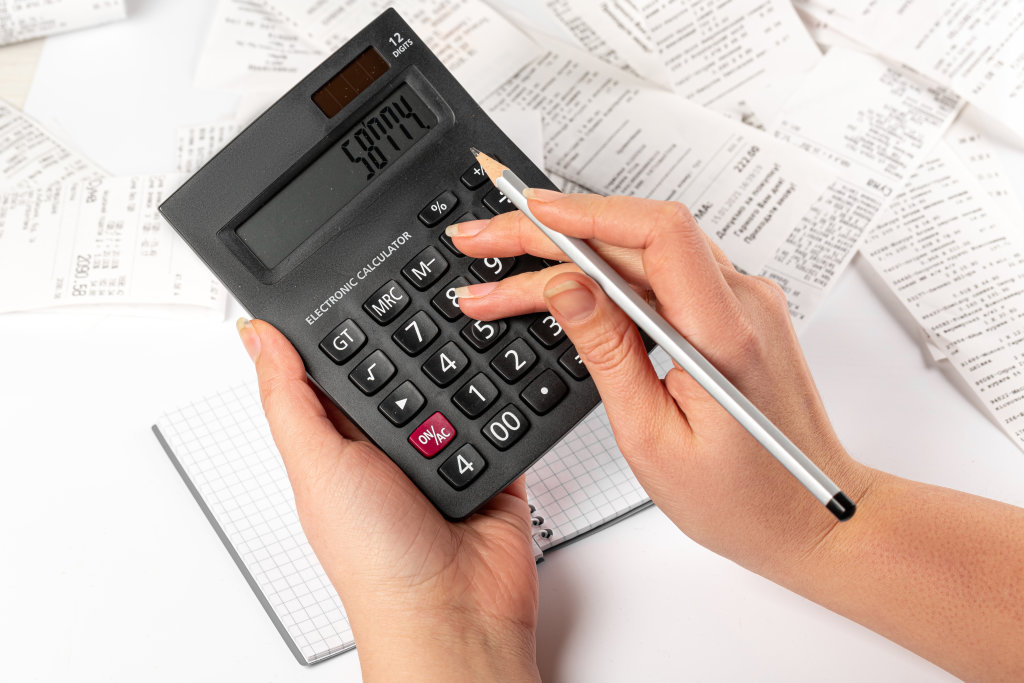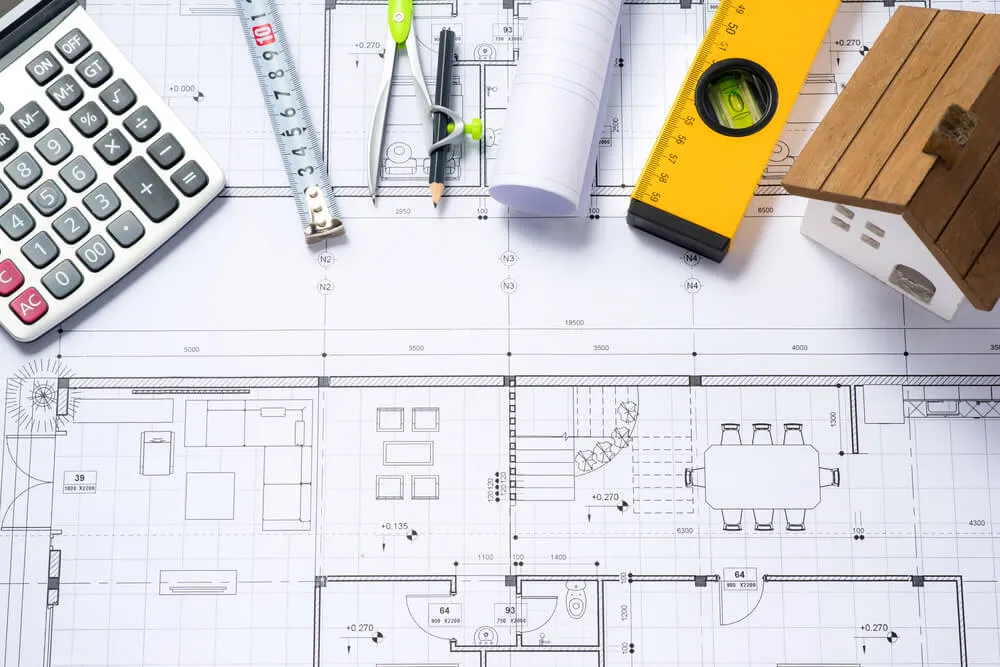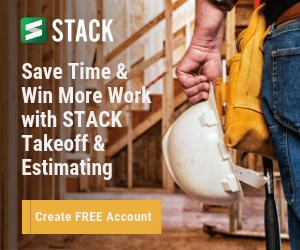US Focus: Impact of COVID-19 on the Construction Industry and its Estimators

2nd November, 2020
If COVID-19 has taught the professional construction estimator anything, it’s the importance of flexibility in scheduling, contingency planning, and having a strong sense of purpose this last quarter of 2020 and moving into 2021. Read on to see how the Coronavirus has affected the US construction industry, where we are now, and, most notably, what the future might look like.
COVID-19 State and Local Mandates
Even though construction is deemed essential in most states, there are still many rules to follow, such as social distancing and wearing masks. Plus, now there are reduced supply store hours. Coronavirus mandates vary significantly from state to state, county to county, and even city to city. No matter where you’re located, it’s crucial to stay up to date on the rules, especially if you work in different locations.
Professional construction estimators need to be aware of these restrictions because they can affect the planning and availability of supplies.
The US Chamber of Commerce has a state-by-state business reopening guidance map that shows each state’s statute and whether it’s reopening, partial reopening, or reversing. The tighter the restrictions, the more they can affect projects, especially regarding scheduling, sub-contractor availability, and material shortages. As of the end of October 2020, here’s the status of most of the states:
Reopening: Many states are reopening this last quarter of 2020. These include Montana, Minnesota, Iowa, Illinois, Maine, New Hampshire, Vermont, Pennsylvania, New Jersey, West Virginia, Virginia, Maryland, Ohio, Wyoming, Utah, Colorado, Kansas, Virginia, Oklahoma, Georgia, Florida, Alaska, and Hawaii.
South Dakota and North Dakota never closed down.
A bright spot is Florida’s sunshine state, with Governor Ron DeSantis pushing ahead with 40 road construction projects during the pandemic. Here’s what he said in May:
“Many states throughout the country, they stopped all construction,” DeSantis said. “I think that was a big mistake. We did not do that in Florida. We kept construction going.”
–Gov. Ron DeSantis
Pittsburgh also continued their road construction despite the pandemic, which is brilliant. With fewer cars on the road, projects move faster and cost less.
Partial Opening: There’s a handful of states that are only partially opened. These are Washington, Oregon, Idaho, Indiana, Arkansas, Mississippi, Alabama, Connecticut, North Carolina, and South Carolina.
Two areas that are only partially opened, are still seeing a residential construction boom.
- Despite the virus and even civil unrest, Portland, Oregon, is seeing a housing boom, and new construction is in demand. On the downside, there is a shortage of materials during the pandemic, which affects scheduling and the ability to complete the project on time.
- Alabama home building is up 10% to 20% from 2019. One of the reasons is the low-interest rates for new construction.
Reversing: states that are changing and imposing more restrictions include California, Nevada, Arizona, New Mexico, Texas, Louisiana, Kentucky, Michigan.
With more restrictions comes delays. Major suppliers like Home Depot require curbside pick-up in many California cities, which takes much longer than running into the store and grabbing what you need.
Hardest Hit States – two of the hardest-hit states include California and New York, which have experienced project delays, cancellations, and a shortage of materials. But, surprisingly, many employers did not have to furlough employees. Both states have some of the tightest restrictions.
Lumber Shortage: When the virus hit, many larger lumber companies temporarily shut down to see what would happen with the building industry. That shutdown caused a spike in prices. With many US workers now at home, they had time to do all of their DIY projects. One of the few stores they could still shop at was Home Depot, which experienced lumber shortages. Now lumber costs are going up, which makes the building more expensive. This increase is vital for a professional estimator to be aware of.
What Will Q4 2020 and 2021 Bring?
One obvious thing is that people want to live in a safe community and the American dream of owning a home is stronger than ever.
And this illustrates those dreams – coming into the last quarter of the year, it looks like there is a “V recovery” with residential construction up for September and new construction building starts at 1,553,000.
The lockdowns, combined with civil unrest, have caused many big-city residents to flee the bright lights and look for a peaceful place to live. The cities experiencing mass exodus include New York (especially NYC) and San Francisco. People are moving to Idaho, New Mexico, Delaware, and Maine. This shift could mean a boom in the housing market for those states.
Keep in mind that NYC will need to be rebuilt once things get back to normal, and so will other cities that have received damage during the pandemic.
President Trump’s Infrastructure Plans Going Forward
Some of the President’s biggest actions are to improve our long-neglected water infrastructure, roads, highways, and bridges, which will bring more construction jobs and boost the industry. Additionally, many cities damaged by protests and areas needing revitalization are receiving grants to rebuild.
Seize The Opportunity To Set Yourself Apart
During uncertain times, hardworking, ethical construction estimators who stay up to date with changes add stability to the industry. Although we’ve had many challenges in 2020, the outlook for 2021 and the commercial and residential construction industries looks bright.
Our E-Courses can help your continuing professional development as an estimator, check them out here:




